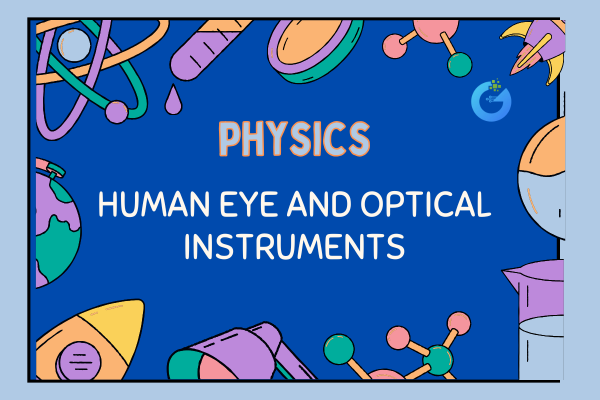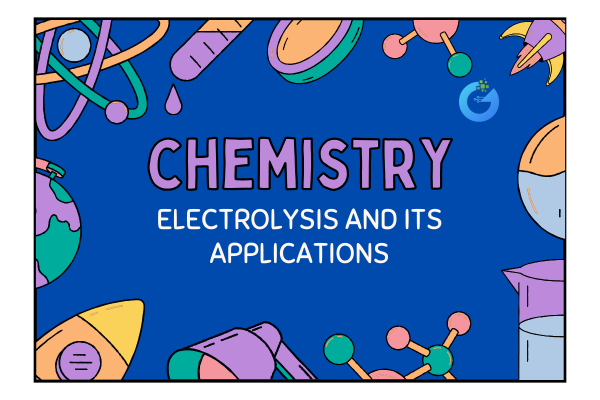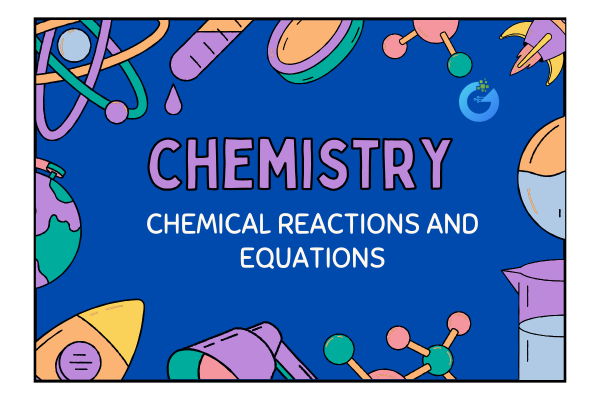Introduction
Why does iron rust over time, but gold shines forever? Why do some metals explode when dropped in water, while others seem completely inactive?
These are not just chemistry textbook questions—they’re real-world observations. The answer lies in how reactive a metal is. And that’s exactly what the Reactivity Series helps us understand.
In this Class 10 chapter, you’ll learn how metals and non-metals behave in chemical reactions, why they behave that way, and how this knowledge is used in everything from building bridges to making batteries and medicines.
Let’s break it down step by step.
expert-led Chemistry classes – visit our website to learn more
What Are Metals and Non-Metals?
At a basic level, all elements are broadly classified as metals, non-metals, or metalloids based on their physical and chemical properties.
| Property | Metals | Non-Metals |
| Appearance | Shiny (lustrous) | Dull (except iodine) |
| Conductivity | Good conductors of heat & electricity | Poor conductors (except graphite) |
| Malleability | Can be hammered into thin sheets | Brittle, break easily |
| Ductility | Can be drawn into wires | Non-ductile |
| State at Room Temp | Solid (except mercury) | Mostly gases or brittle solids |
Physical and Chemical Properties of Metals
Physical Properties
- Hard and strong (except metals like sodium and potassium which are soft)
- High melting and boiling points (except mercury)
- Sonorous: They make a ringing sound when struck
- Malleable and ductile: Can be shaped and stretched
Chemical Properties
1. Reaction with Oxygen
Most metals react with oxygen to form metal oxides.
Example:
2Mg + O₂ → 2MgO (white powder)
Metals like potassium and sodium react very fast. Metals like silver and gold hardly react at all.
2. Reaction with Water
Some metals react vigorously, some slowly, and others not at all.
Example:
2Na + 2H₂O → 2NaOH + H₂↑ (exothermic)
Potassium and sodium can catch fire in water. Magnesium reacts slowly with hot water, while iron only reacts with steam.
3. Reaction with Acids
Metals above hydrogen in the Reactivity Series react with dilute acids to release hydrogen gas.
Example:
Zn + H₂SO₄ → ZnSO₄ + H₂↑
4. Displacement Reactions
A more reactive metal will displace a less reactive one from its salt solution.
Example:
Fe + CuSO₄ → FeSO₄ + Cu
What Is the Reactivity Series?
The Reactivity Series is a list of metals arranged in order of their reactivity from highest to lowest.
| Reactivity | Metals (Top to Bottom) |
| Most Reactive | Potassium (K), Sodium (Na), Calcium (Ca), Magnesium (Mg), Aluminium (Al) |
| Moderate | Zinc (Zn), Iron (Fe), Lead (Pb) |
| Less Reactive | Copper (Cu), Mercury (Hg), Silver (Ag), Gold (Au), Platinum (Pt) |
What About Non-Metals?
Non-metals behave very differently from metals:
- Poor conductors (except graphite)
- Gain electrons in reactions → form negative ions (anions)
- Form acidic oxides (like CO₂, SO₂)
- Do not displace metals from salt solutions
Common examples:
- Oxygen (O₂) – supports combustion
- Chlorine (Cl₂) – disinfectant
- Sulfur (S) – used in medicines
- Carbon (C) – the only non-metal that forms both diamond and graphite
How Do Metals and Non-Metals Bond?
This is where ionic bonding comes in.
- Metals lose electrons and become positive ions (cations)
- Non-metals gain electrons and become negative ions (anions)
These opposite charges attract and form ionic bonds.
Example:
Na (metal) → Na⁺
Cl (non-metal) → Cl⁻
Na⁺ + Cl⁻ → NaCl (table salt)
Real-Life Uses of Metals and Non-Metals
Metals
| Metal | Use |
| Copper (Cu) | Electrical wiring |
| Aluminium (Al) | Cooking vessels, airplanes |
| Iron (Fe) | Construction, machines |
| Gold, Silver | Jewelry, coins |
Non-Metals
| Non-Metal | Use |
| Oxygen (O₂) | Respiration, welding |
| Nitrogen (N₂) | Fertilizers, food preservation |
| Sulfur (S) | Medicines, fireworks |
| Chlorine (Cl₂) | Water purification |
Alloys – Improving Metals
Alloys are mixtures of two or more elements (at least one of which is a metal), made to improve properties like strength, resistance to rust, or appearance.
| Alloy | Components | Uses |
| Steel | Iron + Carbon | Construction, tools |
| Bronze | Copper + Tin | Statues, medals |
| Brass | Copper + Zinc | Musical instruments |
| Solder | Lead + Tin | Joining wires |
Alloys are usually stronger, more durable, and less reactive than pure metals.
Core Concepts Table
| Concept | Explanation |
| Reactivity Series | Rank of metals based on their reactivity |
| Malleability | Ability to be hammered into thin sheets |
| Ductility | Ability to be drawn into thin wires |
| Ionic Bond | Bond formed when electrons are transferred |
| Displacement Reaction | More reactive metal replaces a less reactive one |
Frequently Asked Questions
Q1. Why is gold used in jewelry?
Because it is least reactive and doesn’t tarnish or corrode.
Q2. Why is sodium stored in kerosene?
To prevent it from reacting with air and moisture—it reacts explosively with water.
Q3. Can a less reactive metal displace a more reactive one?
No. Displacement only happens if the first metal is more reactive.
Q4. What is galvanization?
Coating iron with zinc to prevent rusting.
Q5. Why is graphite different from other non-metals?
It conducts electricity because of free-moving electrons.
Fun Facts
- Gold remains shiny for centuries because it hardly reacts with anything.
- Potassium and sodium are soft enough to cut with a knife!
- Aluminium is so light that it’s used in aircraft—but still strong when alloyed.
- Iron bridges are protected using a layer of zinc in a process called galvanization.
- Graphite in pencils is slippery because its carbon atoms are arranged in layers that slide over each other.
Conclusion
Metals and non-metals may seem like simple terms, but behind them is a fascinating world of reactions, resistance, and usefulness. The Reactivity Series helps us understand not just how metals behave, but how we can use them better—from preventing rust to building strong structures and creating useful alloys.
So next time you see rust on a gate, strike a match, or plug in your charger—remember, you’re watching chemistry in action.








